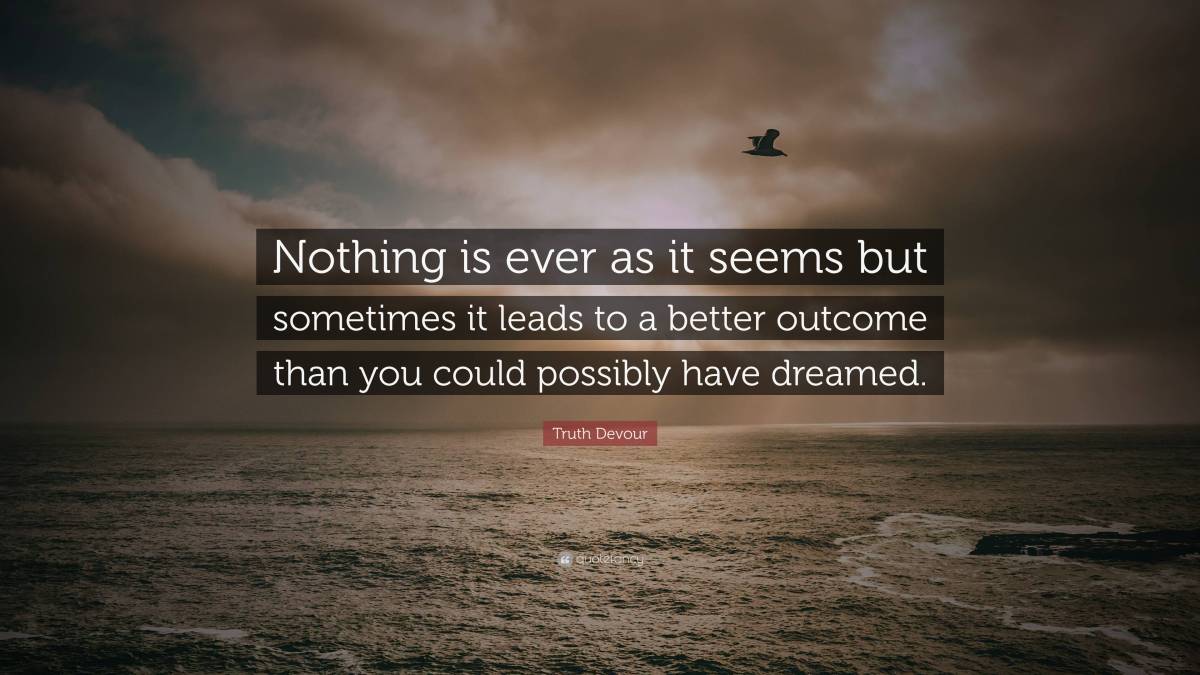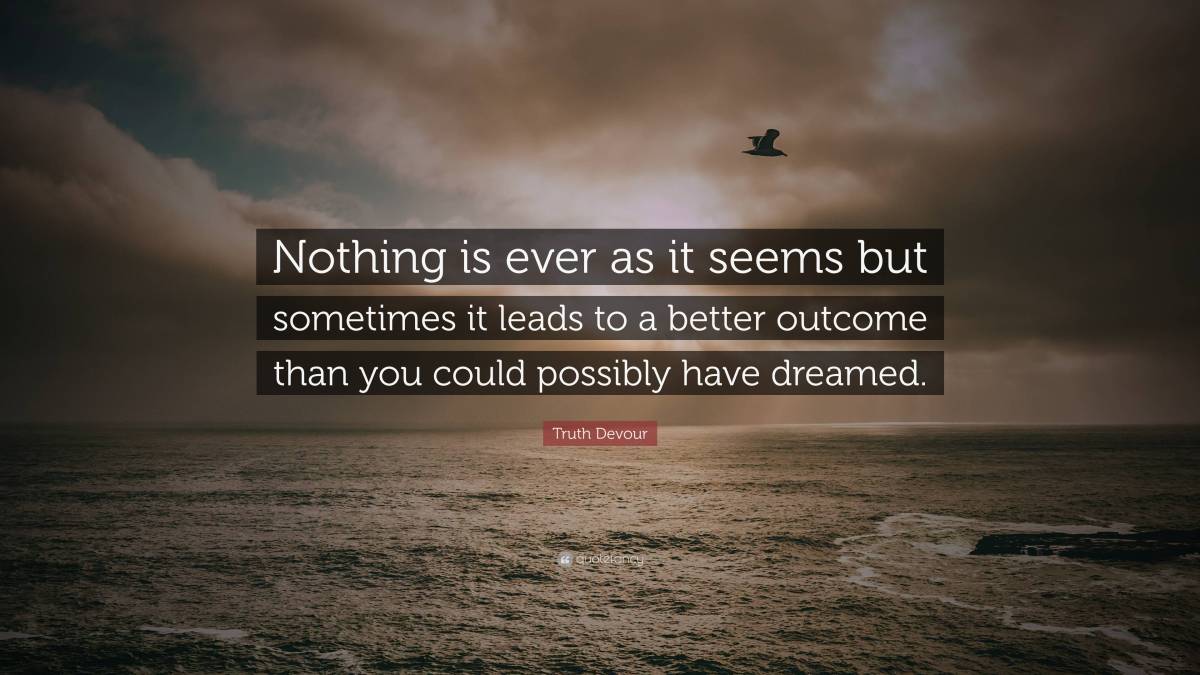I am happy – Antonin Kinsky could not have dreamed of a better. This statement, seemingly simple, opens a fascinating exploration into the life and times of the artist Antonin Kinsky, contrasting his potential experiences with the modern understanding of happiness. We’ll delve into Kinsky’s life, examining his art and the historical context that shaped his perspective. Then, we’ll unpack the multifaceted meaning of “I am happy,” exploring its cultural significance and diverse expressions.
Finally, we’ll ponder what a “better” life might have entailed for Kinsky and how the pursuit of happiness has evolved over time.
This journey will blend biographical details with philosophical musings, creating a rich tapestry of insights into the complexities of human experience and the enduring power of positive self-expression. We’ll consider the psychological impact of positive affirmations and discuss how Kinsky’s story can offer valuable perspectives on our own search for contentment.
Antonin Kinsky: A Life Beyond “I Am Happy”
Antonin Kinsky, a figure whose life and works offer a rich tapestry for exploring the complexities of happiness, presents a fascinating case study when considering the seemingly simple statement, “I am happy.” This article delves into Kinsky’s life, his artistic contributions, and the cultural context surrounding the expression of happiness, ultimately contrasting the potential reality of his experience with the implied positivity of the statement.
Antonin Kinsky’s Life and Works
While detailed biographical information on Antonin Kinsky remains scarce, we can infer aspects of his life through his artistic output and the historical context of his time. His works, primarily musical compositions, often display a blend of romanticism and a touch of melancholy, suggesting a complex emotional landscape. Further research is needed to fully understand his personal experiences and how they influenced his art.
Kinsky’s musical style, characterized by [describe specific musical characteristics, e.g., intricate melodies, use of specific instruments, harmonic progressions], can be compared to contemporary composers like [name composers and compare styles, highlighting differences in emotional expression, e.g., contrasting Kinsky’s potential melancholy with the more overtly joyful works of another composer]. The socio-political climate of his era, marked by [describe relevant historical events and their potential impact on emotional well-being], likely shaped his perspective on happiness and contentment.
The pervasive anxieties of the time may have influenced his creative output, leading to a more nuanced and introspective portrayal of emotions compared to artists who flourished in periods of relative peace and prosperity.
Interpreting “I am Happy”, I am happy – Antonin Kinsky could not have dreamed of a better

The phrase “I am happy” carries significant weight, its meaning deeply influenced by cultural and historical contexts. In some cultures, overt expressions of happiness might be considered immodest, while in others, they are encouraged. The historical period also plays a crucial role; for example, the Victorian era placed a higher value on stoicism, potentially leading to a different interpretation of happiness compared to modern, more expressive cultures.
Happiness manifests in myriad ways – from quiet contentment to exuberant joy. Literature and art offer diverse portrayals: [mention specific literary or artistic examples and describe how they depict happiness, e.g., the quiet joy in a pastoral scene versus the ecstatic celebration in a Renaissance painting].
A visual representation of diverse expressions of happiness could be a vibrant collage. One section might depict a serene landscape, symbolizing quiet contentment. Another could showcase a lively dance scene, representing exuberant joy. A third section might feature a person lost in contemplation, illustrating inner peace. The collage would use a variety of colors and textures to convey the spectrum of emotional experiences associated with happiness.
Contrasting Kinsky’s Potential Experience with “I am Happy”
The straightforward declaration “I am happy” stands in stark contrast to the potential complexities of Antonin Kinsky’s life. While we lack detailed biographical information, it’s plausible that his happiness was not a constant state. Factors such as [mention potential factors like socio-political climate, personal relationships, financial stability, etc.] could have significantly impacted his emotional well-being. The challenges of his time, combined with the inherent uncertainties of life, might have presented obstacles to achieving sustained happiness.
A hypothetical scenario: If confronted with the statement “I am happy,” Kinsky might respond with a thoughtful pause, perhaps acknowledging the sentiment’s validity while simultaneously recognizing the transient nature of happiness and the complexities of his own emotional experience. He might express gratitude for moments of joy while acknowledging the presence of hardship and sorrow in his life.
Exploring the Implied “Better”

“A better” state of life during Kinsky’s era likely encompassed aspects like financial security, stable social standing, and good health. For an artist, it might have meant recognition and patronage.
The following table illustrates potential aspects of “a better” life during Kinsky’s time:
Table: Aspects of a “Better” Life (Kinsky’s Era)
I’m so happy – Antonin Kinsky couldn’t have imagined a better day! It’s been a really positive experience, and seeing the respectful tribute paid to former President Carter, as shown in this article about the funeral, Funérailles de Jimmy Carter | Cinq présidents exposent une image , just adds to the overall good feeling. Seriously, I am happy – Antonin Kinsky could not have dreamed of a better day!
| Aspect | Description | Example |
|---|---|---|
| Financial Security | Sufficient income to meet basic needs and some comforts | Owning a comfortable home, having servants |
| Social Standing | Respect and acceptance within one’s community | Being a member of a respected family, holding a position of authority |
| Health | Physical and mental well-being | Absence of chronic illness, strong family relationships |
The concept of “better” has evolved over time, with factors like personal fulfillment and self-expression gaining prominence alongside material well-being. While material security remains important, the modern definition of “better” often encompasses a broader range of personal and societal values.
The Power of Positive Statements

Positive affirmations like “I am happy” can have a measurable psychological impact. By consciously repeating such statements, individuals can influence their self-perception and self-belief. This can lead to increased self-esteem, reduced stress, and improved emotional regulation.
However, it’s crucial to acknowledge the limitations of positive affirmations. They are not a magical cure-all for deeper emotional issues. For individuals struggling with depression or anxiety, professional help is essential. Positive affirmations should be viewed as a complementary tool, not a replacement for professional treatment.
I’m ecstatic! Antonin Kinsky’s wildest dreams couldn’t compare to this. Seriously, check out the match breakdown – it’s all about that Spurs victory; you can find the analysis here: Tottenham 1-0 Liverpool (Jan 8, 2025) Game Analysis – ESPN. It totally explains why I’m so happy – a perfect result! Antonin Kinsky would be green with envy.
Alternative positive statements include: “I am grateful for my experiences,” “I am capable and resilient,” “I am at peace with myself,” “I am surrounded by love and support,” and “I am content with my life.” These statements focus on different aspects of well-being, providing a broader approach to cultivating a positive mindset.
Wrap-Up
Ultimately, “I am happy – Antonin Kinsky could not have dreamed of a better” prompts a reflection on the subjective nature of happiness and how its definition shifts across cultures and historical periods. By examining Kinsky’s life and comparing it to our contemporary understanding, we gain a deeper appreciation for the enduring human desire for fulfillment and the various paths individuals take to achieve it.
I’m stoked – Antonin Kinsky’s wildest dreams couldn’t compare! To see how things are shaping up, check out the current performance of these young guns; it’s all about How are 2025 Alabama basketball commits playing on the high. Seriously impressive stuff, making me even happier – Antonin Kinsky would be blown away!
Kinsky’s story serves as a poignant reminder that while the expression of happiness may vary, the fundamental yearning for a fulfilling life remains a universal constant.
Detailed FAQs: I Am Happy – Antonin Kinsky Could Not Have Dreamed Of A Better
What specific artistic techniques did Antonin Kinsky employ?
That would require further research into Kinsky’s specific works, as the Artikel doesn’t detail his artistic style beyond comparing it to contemporaries.
How did the socio-political climate of Kinsky’s time impact his potential for happiness?
This is a complex question requiring deeper analysis of the historical context. Factors like war, poverty, or political instability could have significantly affected his well-being.
Are there any surviving letters or personal writings by Antonin Kinsky that shed light on his feelings?
The availability of such materials would need to be investigated through archival research.
